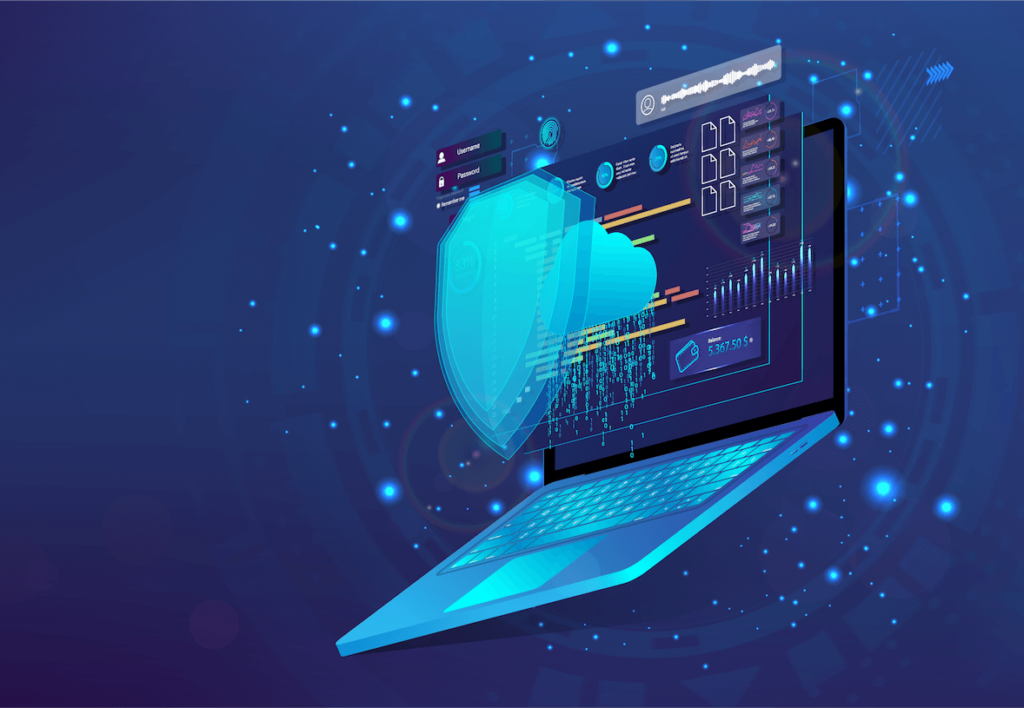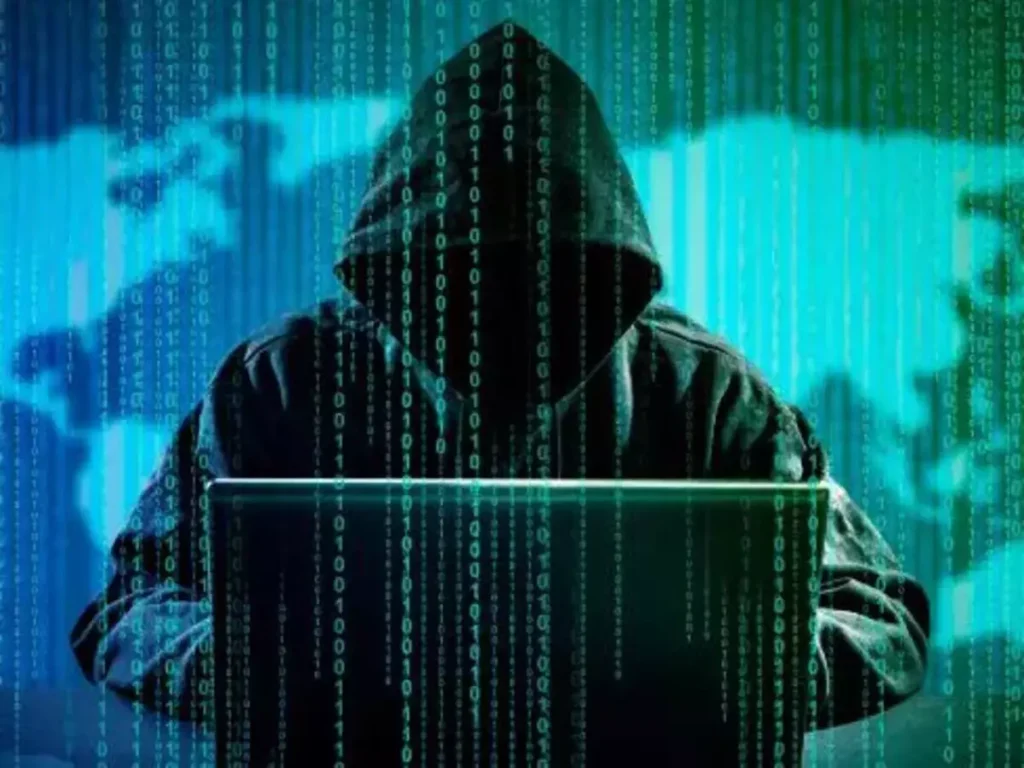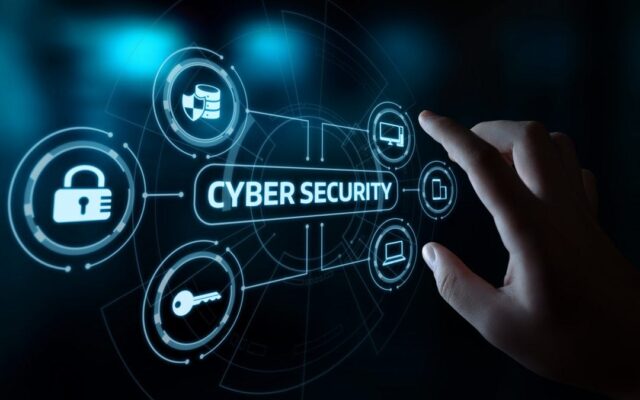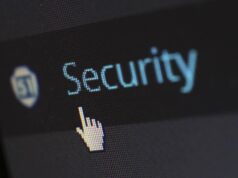Cybersecurity Attack is a crime that leads to the breach of a computer system, theft of sensitive data, and other negative impacts on an organization. In 2016, there were estimated over 157,000 cybersecurity attacks in the United States alone. Cybercrime is growing fast because it is relatively low-risk and high-yield financially, with a low probability of detection.
These security breaches happen because attackers now have advanced tools such as DDoS or ransomware to steal a company’s confidential and valuable information. Therefore companies must be prepared for their security before any cyber attack happens.
To prevent cyber attacks, you must set up a company cybersecurity program with appropriate personnel and at least one machine for each user in your organization, separate from their devices. If a system gets hacked, the unauthorized person cannot have access to any personal information of the user.
Some examples of a cybersecurity breach include :
- Hacking/Malware: There are two types of Cyber Attacks, (1) “Malware Attack” and (2) “Hacking.” Malware is software that allows an attacker to alter, delete or encrypt data on your system. Malicious software is known for attacking the operating system’s processes and memory to manipulate it. For example, malware can change the time-stamp of documents to make them look fake or used for fraud.
Hacking refers to a malicious act where cyber criminals break into a computer system by gaining unauthorized access through credentials such as passwords, usernames, or other identification information. Hacking requires a certain level of expertise and often involves masking their online identity illegally.
- Phishing: Phishing is a social engineering technique that uses spoofed emails, fake websites or other methods to deceive users into disclosing private information. This information can be used to access your finances, personal health data, and other sensitive records.
- Identify Theft: Identity theft is the act of stealing an individual’s personal identifying information such as name, social security number, credit card information, birth date, etc., to commit fraud and forgery for other purposes like impersonating the person for financial gain or obtaining medical services at a hospital under their name without authorization.
Top Ways to Prevent a Cybersecurity Attack:

1. Secure your product design, development, and testing
There are different ways attackers might find their way into your network phishing, spear-phishing, or social engineering attacks. A phishing email looks like it is from one of your trusted vendors or partners and asks for confidential information about users, for example, bank transactions, credit card data, or other company financial information.
2. Invest in a cybersecurity program
Establish a cyber security program or policies to prevent unauthorized company data and systems access. What it does is it protects from incidents, including hacking and intellectual property theft. The main goal is to protect your company’s information assets, which are critical to the enterprise.
3. Implement a cybersecurity policy
Understand that cyber security is more than technology; it combines people, processes, and technology. It has four principles: (1) access management, (2) data management, (3) network security, and (4) business continuity and disaster recovery. The most important thing in establishing a cybersecurity policy is ensuring it provides adequate protection for the company from any attack.
4. Use encryption to encrypt your email
Encryption refers to converting normal text into an unreadable form without losing information. When using encryption, the sender uses a secret key to encrypt their message, then sends the encrypted text to the recipient. Once the recipient receives it, a similar key decrypts it. For this technique to be effective, both parties must have a way to send and receive encrypted messages.
5. Use two-factor authentication
With two-factor authentication, a web service sends a notification or code in addition to your username and password. The second factor can be anything from an automated telephone confirmation to receiving an email with a special code.
6. Establish a policy to set up remote access

When there’s an incident, you need a plan to manage what happens when there is unauthorized access. For example, if someone gains unauthorized access to company data, you mustn’t be just blaming the vendor for the breach. You also want a way to identify who was responsible and take action against them.
7. Have a disaster recovery plan in place
Having a contingency plan is essential for IT programs. A contingency plan helps you recover from any situation, including power outages, severe weather conditions, computer errors, etc. All IT departments should have a backup strategy in place.
8. Protect the privacy of your customer’s data
Service providers can get into legal trouble for not protecting their customers’ data. For example, if a customer abides by the contract and pays their bill, but the service provider does not take adequate steps to protect the customer’s information and data, they could be held accountable for any data loss. They can even face legal consequences if an unencrypted hard drive is lost or stolen.
9. Maintain a comprehensive inventory
A strong security program will rely on good visibility into everything that is happening on your network. It includes knowing what devices have been connected to your network and documenting which services are running on each device. A comprehensive inventory will let you know what’s on your network. It will help you identify potential vulnerabilities, respond quickly to security incidents, and maintain good visibility into the overall data center.
10. Educate your employees
As an IT organization, you must have an internal cyber security culture. It is especially critical for those employees who may be able to disable or sabotage critical IT systems. It’s crucial to inform your employees about cyber security policy, training, and what to do if they suspect a breach.
11. Isolate critical assets
Critical assets must be isolated from the general network and more secure than other systems. It’s important to have a security structure to protect these critical systems. For example, you might implement Microsoft Hyper-V or VMware. It allows you to create a partitioned environment so that if a worm or virus breaches your system, it can only affect the virtual machines and not your production environment.

12. Use strong passwords for all user accounts
Ensuring your account passwords are strong is essential to protecting your IT infrastructure. Passwords must be long with upper and lower case letters, numbers, and symbols. And make sure no one knows the password.
Be aware of the cyber threats targeting your company and its network. This knowledge will help you build high-security systems, monitor your system remotely, and secure your sensitive data from being used by hackers or stolen. Your IT department needs to keep its solutions updated with the latest patches and fixes and regularly monitor network activity. Otherwise you can consider outsourcing to an IT security firm if you don’t have an in-house IT department or they might be too expensive. They should also enforce strong user authentications and provide proper training for employees about the dangers of phishing scams or viruses.







